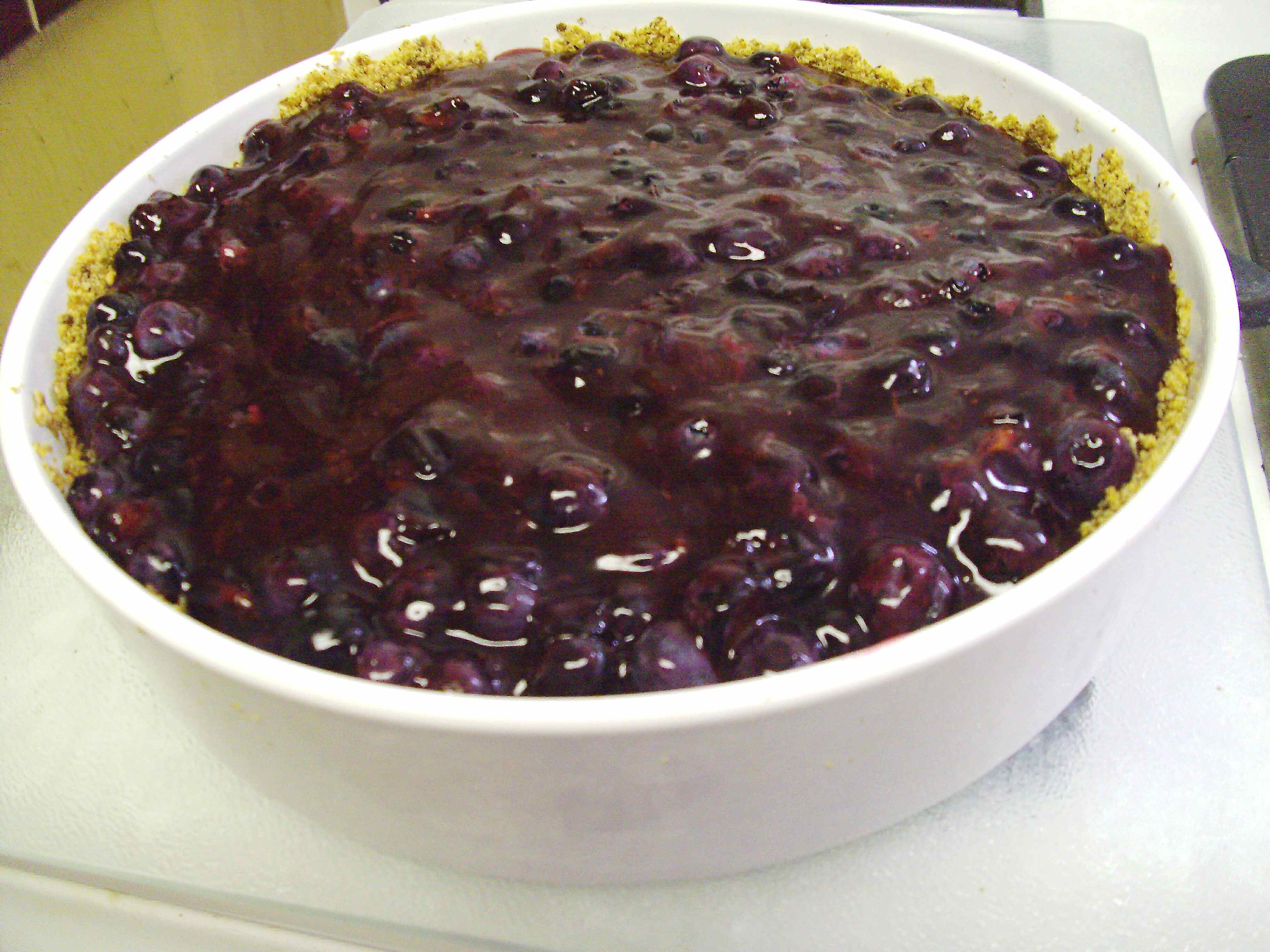A new study on artificial sweeteners published in Nature goes a long way toward explaining one of the most puzzling findings about sweetened drinks in recent years: that regular consumption of even diet sodas is associated with an increased incidence of obesity and Type II diabetes. Surely, if the sweeteners have no calories and negligible carbohydrate, this shouldn’t be happening? Surely people should be losing weight? But the national statistics have shown that it is, and they’re not.
According to a news summary in The Scientist (Sugar Substitutes, Gut Bacteria, and Glucose Intolerance), researchers at the Weizmann Institute of Science in Rehovot, Israel, demonstrated that repeatedly consuming zero-calorie sweeteners like saccharin, sucralose and aspartame (e.g., Sweet ‘N’ Low, Splenda, and NutraSweet) increases a person’s glucose intolerance by causing changes to his or her gut bacteria.
The researchers did extensive testing on mice first–fed them artificially sweetened water for several weeks and compared glucose tolerance and gut flora with those of control groups that received either glucose solution or plain water. The experimental mice had much higher rates of glucose intolerance than either of the control groups, including the one that was fed glucose solution.
They also had very different gut bacteria composition, which the researchers thought might be causing the changes in glucose tolerance. Wiping out the gut bacteria of control mice with antibiotics and then repopulating with the gut bacteria from sweetener-fed mice caused glucose intolerance in the normally fed mice.
The researchers repeated their experiments on healthy human subjects, and they got the same dramatic results. The timeframe for measurable changes in glucose tolerance was within as little as six days for one of the tests.
Admittedly, the researchers were dosing their subjects with sweetener concentrations at the highest levels currently deemed safe by the FDA. So if you only consume these sweeteners occasionally and in small quantity–say, chewing sugarless gum once in a while–you might not be causing a drastic change in your gut bacteria or glucose tolerance.
But so many people in the US consume diet sodas and artificially sweetened teas and so on in large quantity on a daily basis that it’s possible they’re coming close to the levels used in these experiments. If you consume even half the maximum defined “safe” daily level, you might well be impairing your glucose tolerance significantly. But there may not be a safe level. There’s no saying what level–if any–of sweetener per day is low enough not to change gut bacteria and raise glucose intolerance–it may be a matter of dose or it may be a matter of how long and how regularly people consume these sweeteners.
Glucose tolerance is a measure of your body’s ability to supply insulin quickly and at the right level whenever you eat or drink something with starches or sugars. Part of the gut’s function is to release glucose into the bloodstream, but another part is to send signals to the pancreas and liver to respond. Both organs have roles in helping your body use glucose properly for energy and store the excess (short-term as glycogen, eventually as fat). So if changing the gut flora impairs those functions, it puts you at higher risk of Type II diabetes and obesity.
One of the other key findings in this study was that although the subjects’ glucose tolerance changed, their insulin production levels and resistance remained normal. So people who develop significant glucose intolerance this way might need non-insulin medications, or might need to have their own gut bacteria wiped out and repopulated with a sample from a healthy donor. Not pretty, but fecal transplantation therapy has been shown to help in other serious gut conditions in the past year, and the researchers in Israel have demonstrated its potential for glucose intolerance in both mice and humans.
Given the high percentage–more than half–who did suffer increased glucose intolerance, if you drink diet drinks or consume artificial sweeteners regularly, the smart money would be on assuming you’re increasing your glucose intolerance–maybe your body fat as well. It might be happening over months rather than weeks, but it’s still not good news, especially if you have a longstanding habit. Or if you’re already diabetic or headed that way.
If you are already overweight and/or prediabetic, and you’re drinking diet soda or teas to try and lose weight and improve your stats, your best bet would be to drink plain water instead. Not only will you not be consuming artificial sweeteners, you won’t be consuming the extra sodium that sodas contain–so you might not retain excess water weight, and your blood pressure might thank you too. And you’ll be saving money. You might even be able to shift your gut bacteria back to a healthier composition over time without undergoing unpleasant medical procedures.
Filed under: Diabetes, Eating out, nutrition, shopping, unappetizing | Tagged: artificial sweeteners, aspartame, diabetes, diet soda, glucose tolerance, gut microflora, insulin, NutraSweet, obesity, saccharin, Splenda, sucralose, Sweet 'N' Low, Weizmann Institute |




Artificial sweeteners are in everything now, even regular gum! They give me the shakes, and palpitations. Call manufacturers and tell them to stop sneaking artificial sweeteners into their products.
By law, at least in the US, food manufacturers have to list all ingredients, including artificial sweeteners and flavors, as part of the nutrition label. I have heard of products that have artificial sweeteners in addition to sugar or corn syrup, but I’m not sure they have to advertise the inclusion of artificial sweeteners in bigger letters on the front of the product if they don’t feel it’s a selling point. So if you’re sensitive, which it sounds like you are, it really pays to read the ingredient list in the nutrition label.